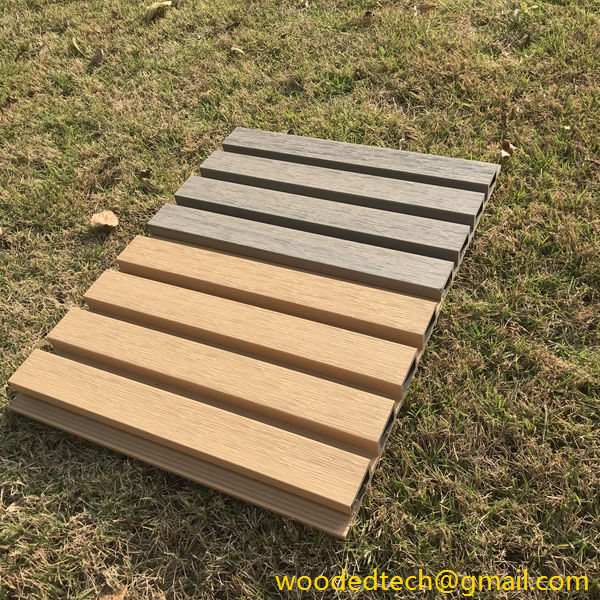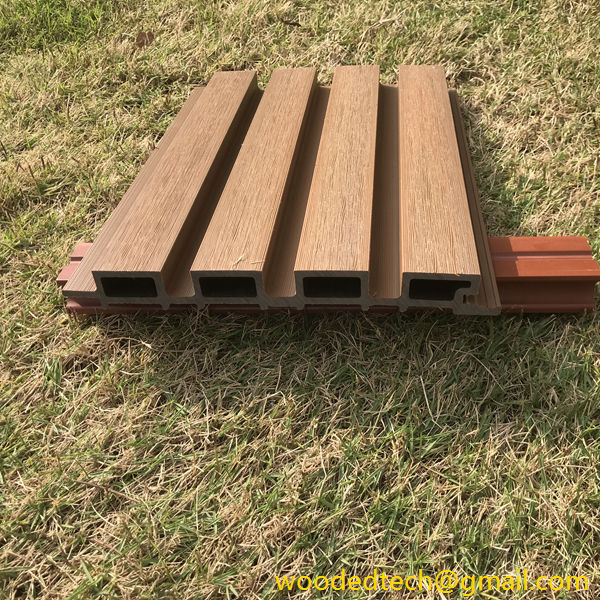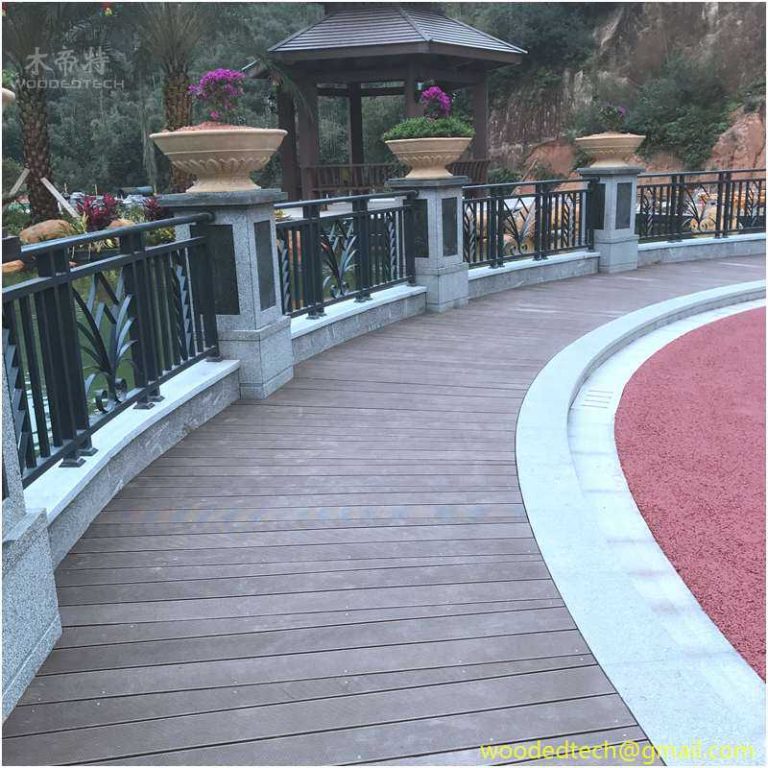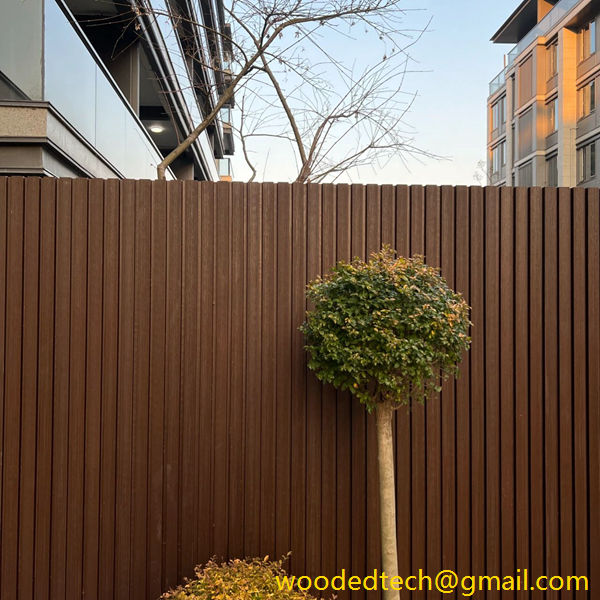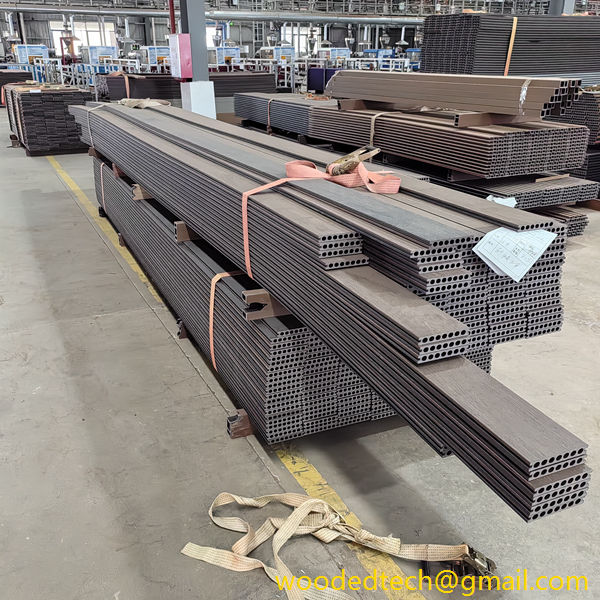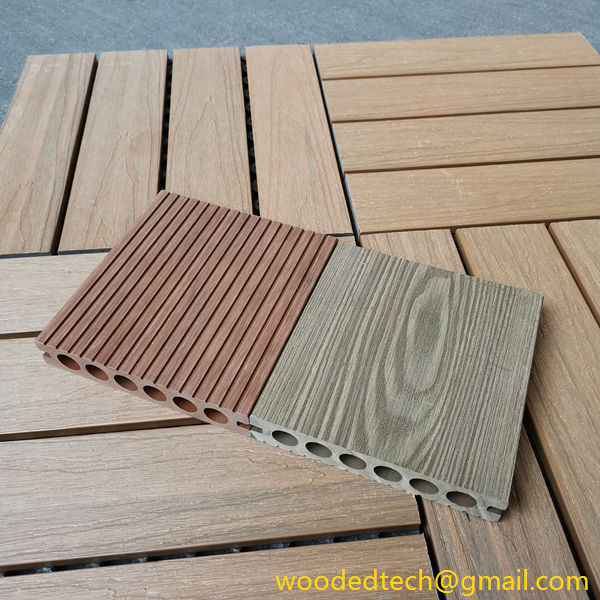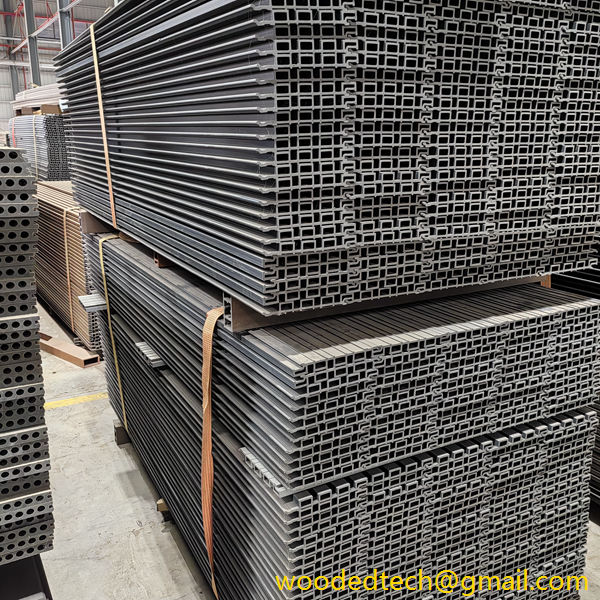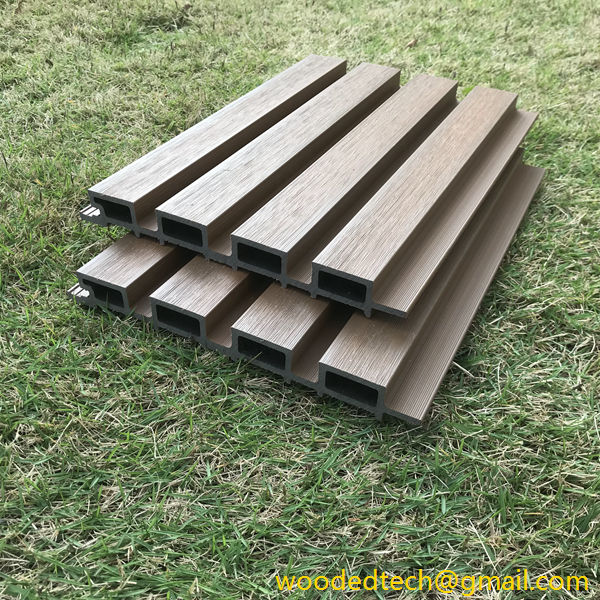Advantages of Outdoor Plastic Wall for Durable Construction
Advantages of Outdoor Plastic Wall for Durable Construction When considering construction materials for both residential and commercial projects, outdoor plastic walls have emerged as a popular choice due to their numerous advantages. As we delve into the richness of this material, it becomes evident that outdoor plastic walls offer durability, versatility, and sustainability, which make…
Advantages of Outdoor Plastic Wall for Durable Construction
When considering construction materials for both residential and commercial projects, outdoor plastic walls have emerged as a popular choice due to their numerous advantages. As we delve into the richness of this material, it becomes evident that outdoor plastic walls offer durability, versatility, and sustainability, which make them an excellent option for various applications.
One of the primary advantages of outdoor plastic walls is their remarkable durability. Unlike traditional materials such as wood or metal, plastic walls are resistant to various environmental factors. They do not rust, rot, or corrode, which makes them an ideal choice for areas that are exposed to harsh weather conditions. This durability extends the lifespan of the structures, reducing the need for frequent repairs or replacements. For instance, buildings located in coastal areas where saltwater exposure and moisture are prevalent can greatly benefit from the use of outdoor plastic walls. These walls maintain their structural integrity over time, ensuring that the building remains safe and sound.
In addition to their resilience, outdoor plastic walls are also lightweight, which simplifies the construction process. The ease of handling and installation can significantly reduce labor costs and construction time. Unlike heavier materials that require specialized equipment for transportation and installation, plastic walls can be maneuvered more easily by workers on-site. This efficiency can be particularly advantageous in large-scale construction projects where time and resources are critical.
Another significant advantage of outdoor plastic walls is their versatility in design and aesthetics. Available in various colors, textures, and finishes, they can be tailored to meet the specific design requirements of any project. Whether a contemporary look or a more traditional appearance is desired, outdoor plastic walls can be manufactured to achieve the desired aesthetic. This flexibility allows architects and builders to be creative and innovative in their designs, ensuring that the final product is visually appealing while still maintaining functionality.
Moreover, outdoor plastic walls are not only aesthetically pleasing but also highly functional. Many manufacturers offer insulated options that enhance energy efficiency. These insulated plastic walls can help regulate indoor temperatures, leading to reduced heating and cooling costs. In an era where energy efficiency is a priority for many homeowners and businesses, the ability to utilize materials that contribute to lower energy consumption can be a significant selling point. This feature is particularly beneficial in climates with extreme temperatures, where maintaining a comfortable indoor environment is essential.
Sustainability is another critical factor that makes outdoor plastic walls an attractive option. As awareness of environmental issues continues to grow, more builders and homeowners are seeking materials that have a lower ecological footprint. Many outdoor plastic walls are made from recycled materials, contributing to waste reduction and promoting sustainability. Additionally, the longevity of plastic walls means that they do not need to be replaced frequently, further minimizing their environmental impact. By choosing outdoor plastic walls, builders can contribute to eco-friendly construction practices while still benefiting from the durability and versatility of the material.
Furthermore, outdoor plastic walls are easy to maintain. Unlike traditional materials that may require regular painting, sealing, or treatment to prevent decay, plastic walls can be cleaned with minimal effort. A simple wash with soap and water is often sufficient to keep them looking new. This low-maintenance aspect is particularly appealing for property owners who want to minimize the time and money spent on upkeep. Additionally, because they are resistant to mold and mildew, outdoor plastic walls are an excellent choice for areas with high humidity or moisture levels.
In terms of safety, outdoor plastic walls also offer advantages. Many types of plastic materials are non-combustible or have a high fire resistance rating, which can enhance the safety of a building. This feature is crucial in areas prone to wildfires or where building codes require specific fire safety standards. By using outdoor plastic walls, builders can not only comply with regulations but also provide peace of mind to occupants regarding fire safety.
Finally, the cost-effectiveness of outdoor plastic walls cannot be overlooked. While the initial investment may vary depending on the specific type of plastic used, the long-term savings associated with their durability, energy efficiency, and low maintenance requirements often outweigh the upfront costs. Builders and homeowners alike can appreciate the value that outdoor plastic walls bring to their projects, as they can result in significant savings over time.
In conclusion, outdoor plastic walls present a compelling option for durable construction, offering a range of advantages that cater to various needs and preferences. From their remarkable durability and lightweight nature to their aesthetic versatility and sustainability, these walls enhance the overall quality of construction projects. Additionally, their low maintenance requirements and cost-effectiveness further solidify their position as a favorable choice in the construction industry. As the demand for innovative and sustainable building materials continues to rise, outdoor plastic walls are poised to remain an integral part of the future of construction.

